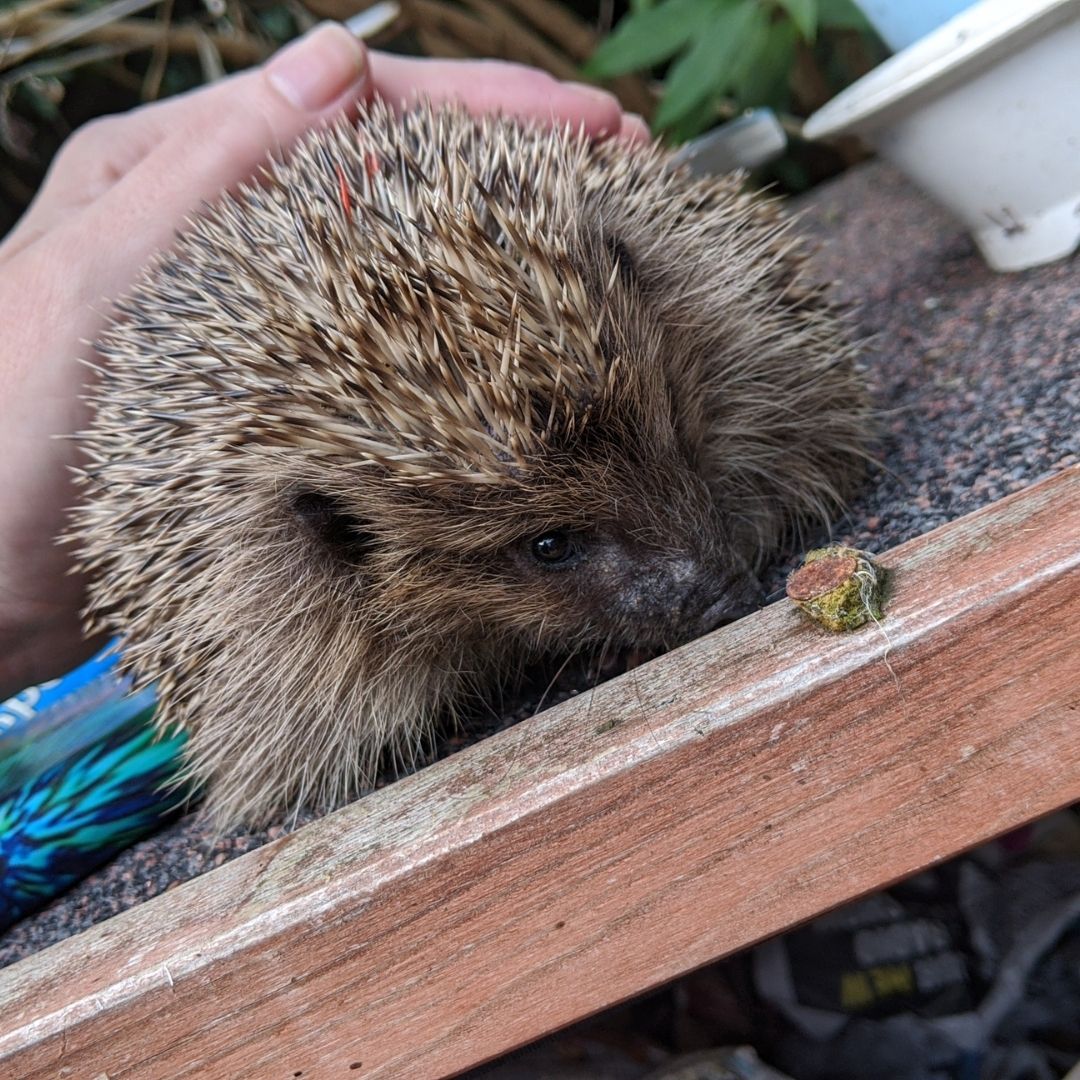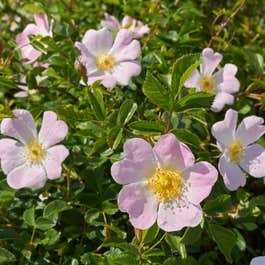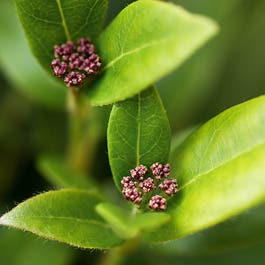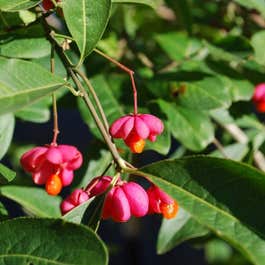Here at best4hedging, one of our passions is wildlife and we pride ourselves on providing wildlife friendly hedging and advice on what you can do in your gardens to help our furry friends.
“Experts have warned that Britain’s hedgehog population is decreasing so rapidly that they are being driven towards extinction. The species is one of those in decline, with numbers thought to have dropped by 30 per cent since 2003 to less than a million in the UK – down from estimated populations of 36 million in the 1950s.” AOL
Thanks to Elaine Gardener, our hedgehog expert, we have pulled together this advice blog to guide you and offer you advice on caring for hedgehogs in your gardens.
Hungry Hedgehogs
The best food for your hedgehog is cat or dog food
Kitten biscuits that have meat listed as the first ingredient (not cereal) are perfect as the size is ideal for hedgehogs mouths. These nutritionally balanced biscuits are available in supermarkets and are nice and cheap!
Hedgehog foods are also available in some supermarkets. Before choosing this option you will need to check that the ingredients does not list wheat first and does not include: peanuts, dried fruit, sunflower hearts, honey, oats, milk, calci worms or mealworms. Also note that Hedgehog specific food is actually more expensive.
Enough food should be provided so that a few biscuits are remaining in the morning. You might have multiple prickly visitors throughout the night so you'll need to make sure there is plenty for those late night arrivals. The food that we can provide is of course supplementary food to hedgehog's regular diet of insects, however with the number of insects in the UK rapidly declining, it is important for us to help as much as possible.
If your food dish is clean the following morning, it is likely that to have been eaten by a cat. Crumbs are a tell tale sign a hedgehog has munched! Use a feeding station to keep the cats from eating your layed out food:


A simple upturned plastic box is easy to make with a tunnel entrance (shown above).
Hedgehogs are wild animals so need healthy balanced food. Food and water - in shallow dishes - should be provided, year-round. In the colder months, check on the water to make sure it's not frozen over.


Hedgehog Shelter
Access to the garden is essential
Ensure your hedgehog visitors can access your garden via holes in fences with neighbours and outside.
Native plants are great as these attract beetles and caterpillars which are hedgehogs' main diet. Dog Rose, Berberis, Viburnum and Spindle hedging species are all helpful to hedgehogs. Dog roses attract moths that lay eggs on the leaves. When the caterpillar's hatch, they drop to the ground and are easy food for the hedgehogs. Creating log piles will also create fantastic natural food sources.
A bit of hedging that is evergreen and some hedging that drops leaves are recommended as the hedgehogs may collect the leaves to make a nest and these fallen leaves will also give them cover to snuffle around in. Ideally, leave wild patches in your garden and check before mowing and strimming for any hedgehogs that are sleeping.
Be mindful of the chemicals you use around your gardens such as slug pellets and insecticides as these are harmful to hedgehogs and their food source. Make sure all drains and holes are covered. Lifting netting and having a shallow beach end will allow any hedgehogs to escape should they fall in.
If you have provided a lovely house for hedgehogs, never peek as a nesting female is likely to abandon or kill her young.
Native Plants


Caring for Hedgehogs
DO NOT touch of handle hedgehogs unless they require emergency assistance
Hedgehogs are wild animals and are protected by law, so unless you are rescuing a hedgehog, you should not handle them. Hedgehogs are nocturnal, they sleep through the day and are active at night.
Below are signs that a hedgehog is not ok and requires care immediately:
A hedgehog out in the day displaying abormal behaviour such as:
- Wobbling
- Laying down on its side
- Laying down in direct sunlight
- Moving slowly without purpose
- Actively collecting leaves or grass
- Eating and drinking
- Resting in a well-shaded, secluded area
- Regularly returning to a nest or other hiding place
These are EMERGENCY signs
DO NOT:
- Try to look after this mammal yourself (it will be seriously unwell and will require specialist care and medication)
- Leave the animal unattended (it could move away and it is unlikely to be found again)
- Place under a hedge (the poor thing will only suffer a slow death)
What to do in an emergency:
- Pick the hedgehog up carefully, with a thick towel, thick gardening gloves, or oven mitts. Take care to avoid injury to yourself or the hedgehog.
- Place the hedgehog in a high sided box with either newspaper and some straw/hay or preferably a light coloured towel or T shirt.
- Place the box in a quiet place indoors.
If there is no heavy bleeding that you can see, or any grains of rice visible (flystrike):
- Wrap a warm (not too hot) water bottle in a towel and place at one end of the box.
- Place the hedgehog on the towel and cover the box with another towel.
- Leave room so the hedgehog can move off the heated area if it gets too hot.
- Place a shallow bowl of water in the box but no food. It can be dangerous for the hedgehog to attempt eating if the body has gone into shock and started to shut down.
If it is bleeding heavily or has signs of flystrike, follow the instructions without the hot water bottle.
Call BHPS or search helpwildlife.co.uk/map for local rescue


Sometimes a second litter is born late in the autumn and these hoglets can struggle to put on sufficient weight before winter hibernation. On average, a hedgehog should be around 600-650g before hibernating to allow for 30-35% body weight loss during this period. If a small hedgehog (less than the 400g size) is seen in autumn, then contact your local rescue for their advice.
Hedgehogs don’t sleep through the entirety of hibernation, they often wake to move nests which can consume a huge amount of energy. Not all hedgehogs hibernate either. This is also time when food is scarce so leaving food and water out year-round is essential!
Ticks...
You shouldn't try to remove a tick from a hedgehog unless you know what you are doing and are using the correct tools. Incorrect removal can result in parts of the ticks mouth being left behing in hedgehog causing infection. Interfering with a tick can also cause it to regurgitate the stomach contents into the hedgehog. One or two ticks are not a problem, they will drop off in due course. A hog with several ticks needs attention from a rescue or vet as this usually indicates and underlying problem.
Be mindful...
Dazzling a hedgehog with a torch to get a photo or to watch them is against the law. Instead, get a trail camera with infrared lights to be able to watch them happily snuffling away in the dark. These cameras are also a great way of spotting hedgehogs in need of rescue.




Both Anna and Lavender were rescued and released into Elaine's garden and into the wild.
Hedgehog Trivia
How amazing are hedgehogs!
- Hedgehogs are great climbers!
- They have around 7000 quills on them.
- They're born without quills which come through soon after birth.
- A baby hedgehog is called a hoglet.
- A group of hedgehogs is called an array (or a prickle).
- A scratching hedgehog is usually grooming themselves and is generally nothing to worry about.
- When encountering a new smell, they mix it with saliva - creating a foam, and lick this over themselves - called self anointing.
Our wonderful source, Elaine:
Elaine Gardener is a microbiologist with 15 years of industrial pharmaceutical microbiology experience now working in the Centre for Enzyme Innovation at the University of Portsmouth. After seeing a hedgehog locally in June 2019, Elaine decided to make larger access to her back garden. Since then, she has created a hedgehog-friendly garden with a large feeding station, log pile, native hedging and wildflowers and two Riverside Woodcraft (Riverside gold) nesting houses and have trail cameras to monitor visitors for any issues. Since the one seen in June last year - the visitors have increased and Elaine's has been identified as a release site where some hoglets were released just recently. Given their status as vulnerable to extinction, Elaine feels it is important to help them out as much as possible.
Bertie's R&R Wildlife and Hamble Hedgehogs have also supported this information.
If you have any questions about the information in this blog, drop us a message on Facebook or tweet us @best4hedging and we'll be happy to help.






